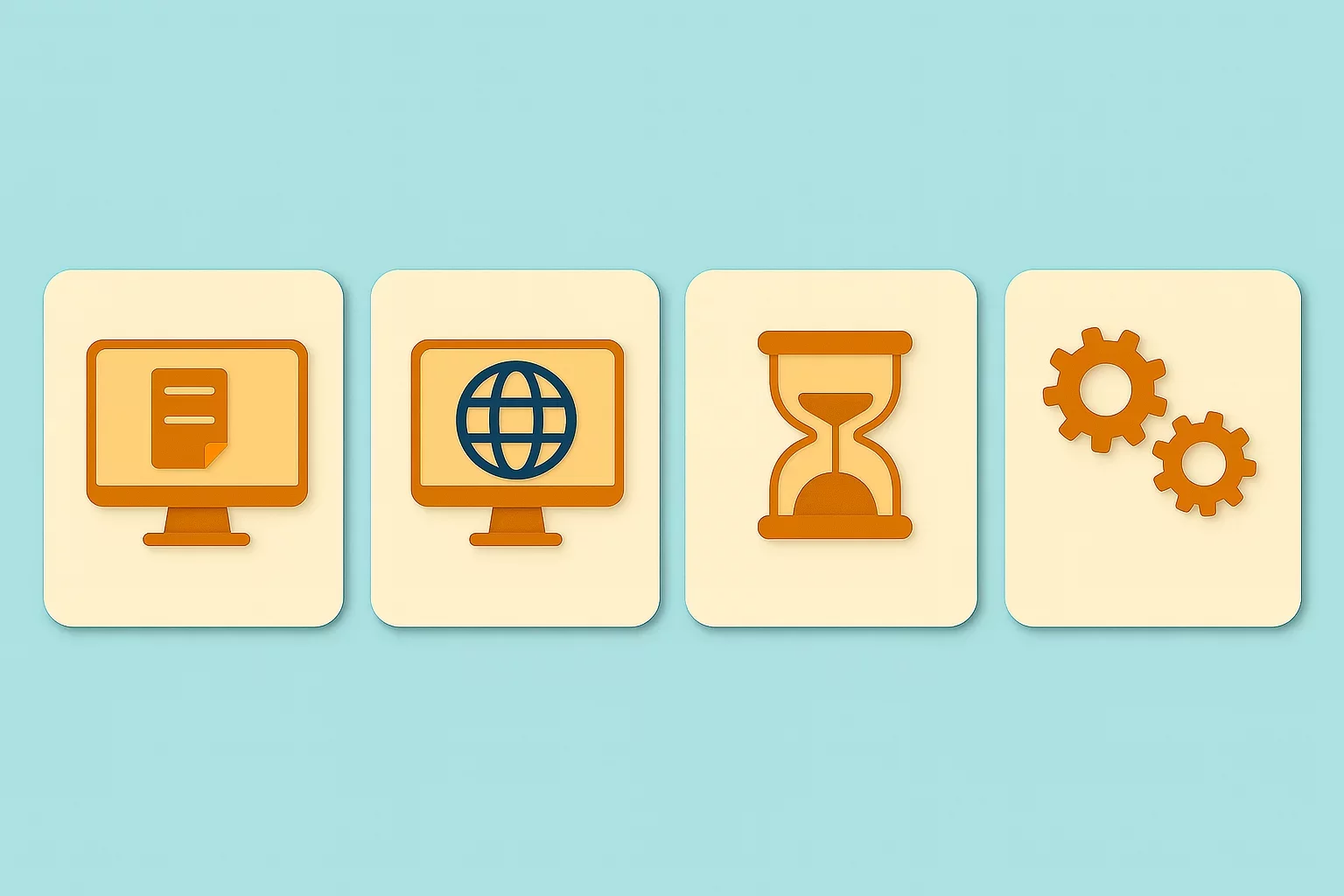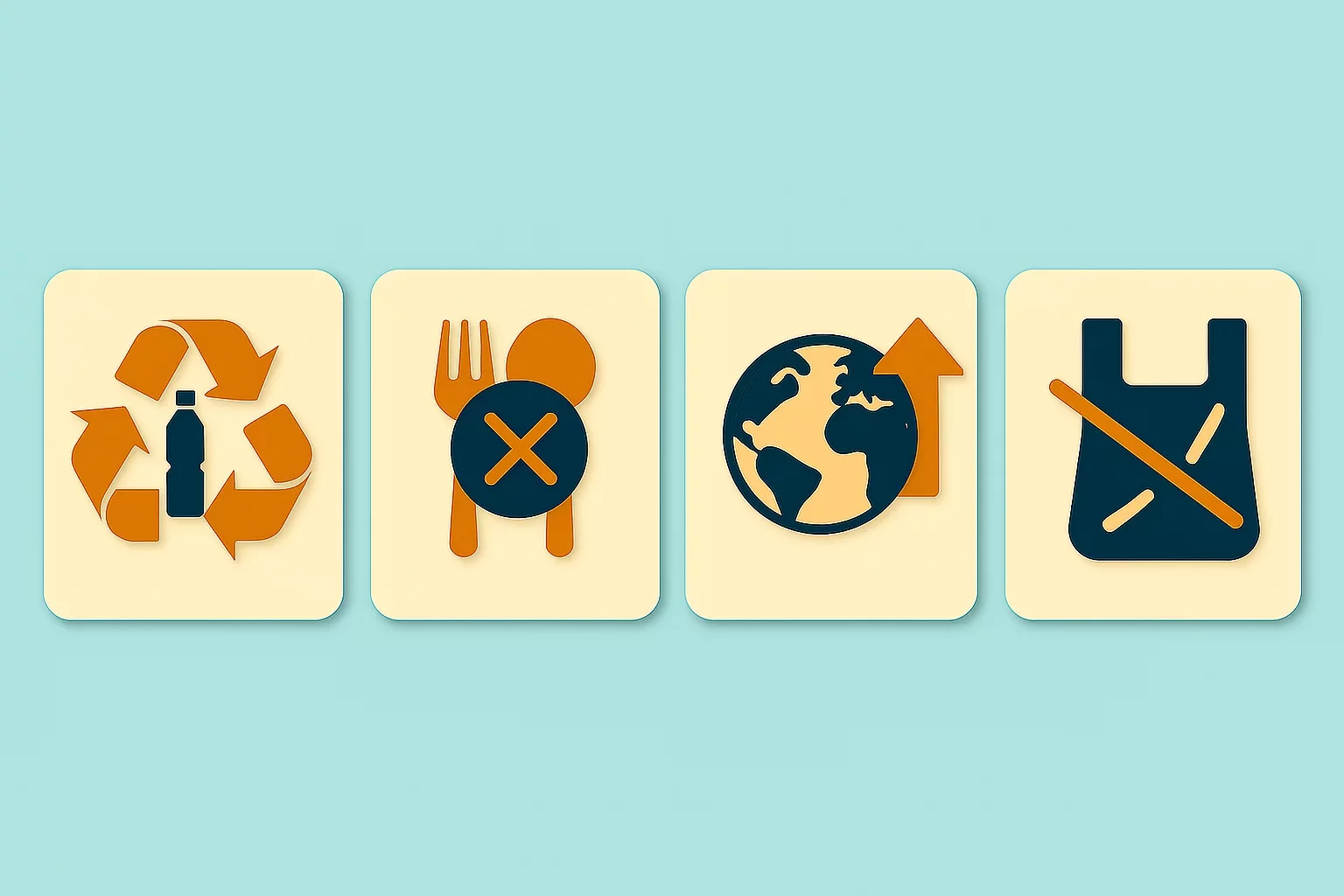Key Indirect Tax Reforms in Sri Lanka’s 2026 Budget
-lp1ahwrdoe.webp)
The Sri Lankan Ministry of Finance, Planning, and Economic Development published a 2026 Budget, which emphasizes the creation of a productive, inclusive, and digitally empowered economy. Moreover, the 2026 Budget outlines broadening revenue generation, improving public service delivery, people-centered governance, equitable distribution of economic benefits, and ensuring long-term fiscal stability as primary goals. Notably, the document includes changes relating to VAT, SSCL, and e-invoicing.
Main Indirect Tax 2026 Budget Proposals
One of the key proposed changes is the reduction of the VAT and SSCL thresholds, which should take effect on April 1, 2026. As proposed, the current VAT and SSCL registration thresholds of LKR 60 million (around USD 195,000) should be reduced to LKR 36 million (around USD 118,000).
The 2026 Budget also proposes the imposition of 18% VAT and 2.5% SSCL on imported coconut and palm oil, and SSCL on the sale of imported or manufactured vehicles. Also, the taxation rules for imported fabrics will change, becoming subject to VAT instead of CESS. This would equal the tax treatment of imported fabrics to that of locally produced fabrics, which are already subject to VAT.
Furthemore, the Ministry proposed developing a national e-invoicing system based on an API-integrated framework, enabling seamless connectivity between taxable persons' ERP systems and the Revenue Administration Management Information System (RAMIS).
As stated, the phased implementation of the system is expected to be completed in 2026, with export-oriented businesses and other selected pilot companies first in line to comply with new reporting requirements. In the second phase, all other VAT-registered taxable persons will have to meet e-invoicing requirements. Finally, the third phase involves deploying the e-invoicing system via POS devices to enable real-time transaction recording and enhance tax compliance via an entirely web-based platform.
Additionally, the Ministry plans to establish the Department of Inland Revenue in a Single Office Premises, meaning to digitize the system to make tax collection more efficient. To achieve this, the government plans to allocate LKR 2 billion (nearly USD 6.5 million) to build a new office complex, which will be developed once the best site is chosen and a feasibility study is completed.
Conclusion
Under the proposed 2026 Budget, the Sri Lankan VAT regime will undergo significant changes on April 1, 2026. In addition to the proposed VAT, SSCL, and e-invoicing measures, it should be noted that on the same date, the VAT on digital services will also come into effect, following its postponement from October 1, 2025, due to pressure and expressed concerns from service providers and in accordance with the outcome of discussions with the International Monetary Fund (IMF).
Source: Ministry of Finance, Planning and Economic Development, Bloomberg, VATabout

Featured Insights

Angola’s E-Invoicing Mandate: Phased Implementation Continues Into 2026
🕝 December 10, 2025
VAT Deduction and Business Succession: When Do Advisory Costs Serve the Company’s Interest?
🕝 December 8, 2025
Europe’s Plastic Fiscal Shift: Why Italy’s Plastic Tax Now Starts in 2027
🕝 December 3, 2025
The Decline of Low-Value Import Exemptions: Closing Gaps in Cross-Border E-Commerce
🕝 November 20, 2025More News from Sri Lanka
Get real-time updates and developments from around the world, keeping you informed and prepared.
-e9lcpxl5nq.webp)

-rgolzh4dpi.webp)
-dlzt4vdiax.webp)
